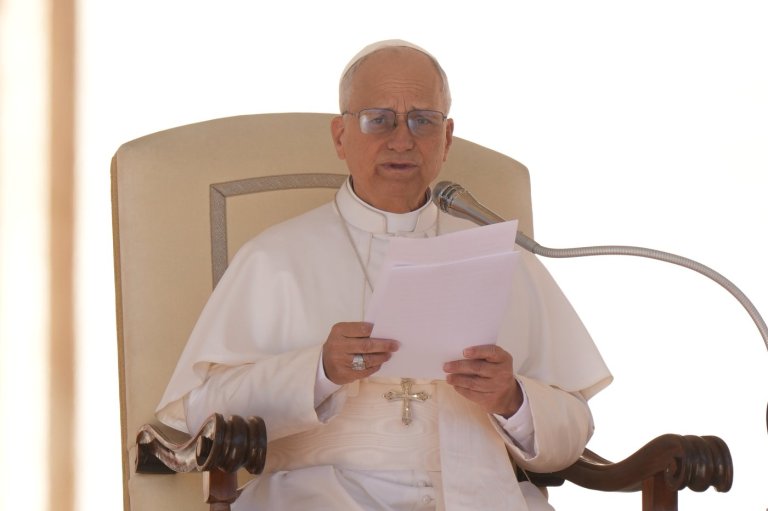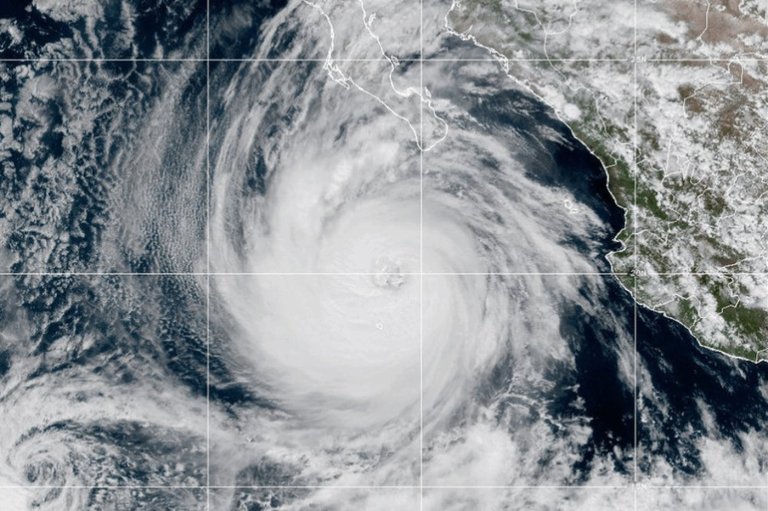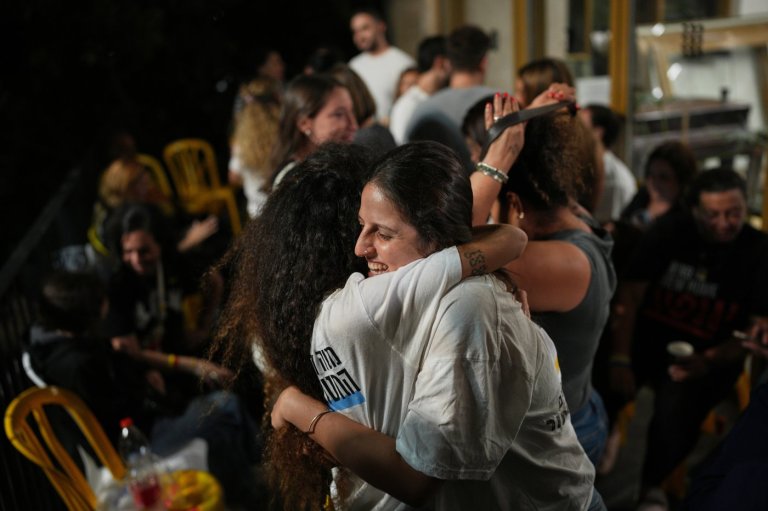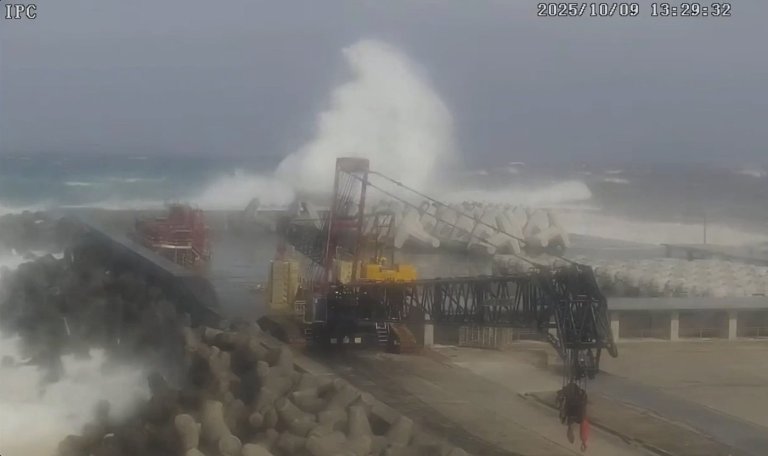
Timeline: Grim history of Ireland’s mother and baby homes
Exhumation of a mass grave has begun in Tuam, Ireland, at the site of a former mother and baby home — one of several that once operated across the country.
The burial site, which could hold the remains of nearly 800 infants and young children, has forced the country and the Catholic Church to contend with its decades-long legacy of shunning unmarried mothers and separating them from their children left at the mercy of a cruel system.
Extensive maltreatment that contributed to the deaths of thousands of children has been gradually revealed over time. Here is a timeline of developments related to Ireland’s network of mother and baby homes.
1800s
1846 — The Tuam workhouse opens on six acres to house 800 “inmates” who were destitute.
1900s
1921 — County Galway opens a mother and baby home in a former workhouse in Glenamaddy that is run by Bon Secours Sisters, a Catholic religious order.
1922-23 — The home is occupied by British troops during the Irish Civil War. Six members of an Irish Republican Army faction that opposed the treaty ending the war were executed there in 1923.
1925 — The Children’s Home in Glenamaddy closes and reopens in the converted Tuam workhouse.
1961 — The Tuam home closes.
1970s — Two boys discover bones in an underground chamber on the grounds of the derelict home. Locals believe the grave includes victims of the Irish famine and create a memorial garden.
2000s
2012 — Local historian Catherine Corless publishes an article in the Journal of the Old Tuam Society that reveals many children died in the home. She later finds records of 796 deaths with no burial records. She reveals that the bones found in the 1970s were in the location of a defunct septic tank.
May 2014 — The Irish Mail publishes a story about nearly 800 unaccounted dead babies at the home and the possibility some are buried in the sewage tank. International news coverage leads to a public outcry.
June 2014 — The Irish government announces it will investigate mother and baby homes across Ireland, including Tuam.
February 2015 — The Commission of Investigation into Mother and Baby Homes is formally established.
March 2017 — A test excavation by the commission confirms “significant quantities” of human remains of infants in underground chambers at the Tuam site. Tests show they ranged from 35 weeks to three years old.
2018 — The Irish government pledges to carry out a full forensic excavation and enact legislation to allow for the recovery and potential identification of remains.
October 2018 — Government officially approves a full forensic excavation of the Tuam site. The cost is estimated at 6—13 million ($7-15 million) euros.
January 2021 — The Commission’s final report finds that about 9,000 children died in 18 institutions, including Tuam, from 1922 to 1998. Prime Minister Micheál Martin issues a state apology.
2022 — Ireland passes the Institutional Burials Act, giving legal authority to excavate, recover, and identify remains from sites such as Tuam.
2023 — The Director of Authorised Intervention is established to oversee the Tuam excavation.
June 11, 2025 — The site is secured, and pre-excavation work begins.
July 14, 2025 — The excavation team begins its dig to recover remains.
___
Associated Press religion coverage receives support through the AP’s collaboration with The Conversation US, with funding from Lilly Endowment Inc. The AP is solely responsible for this content.
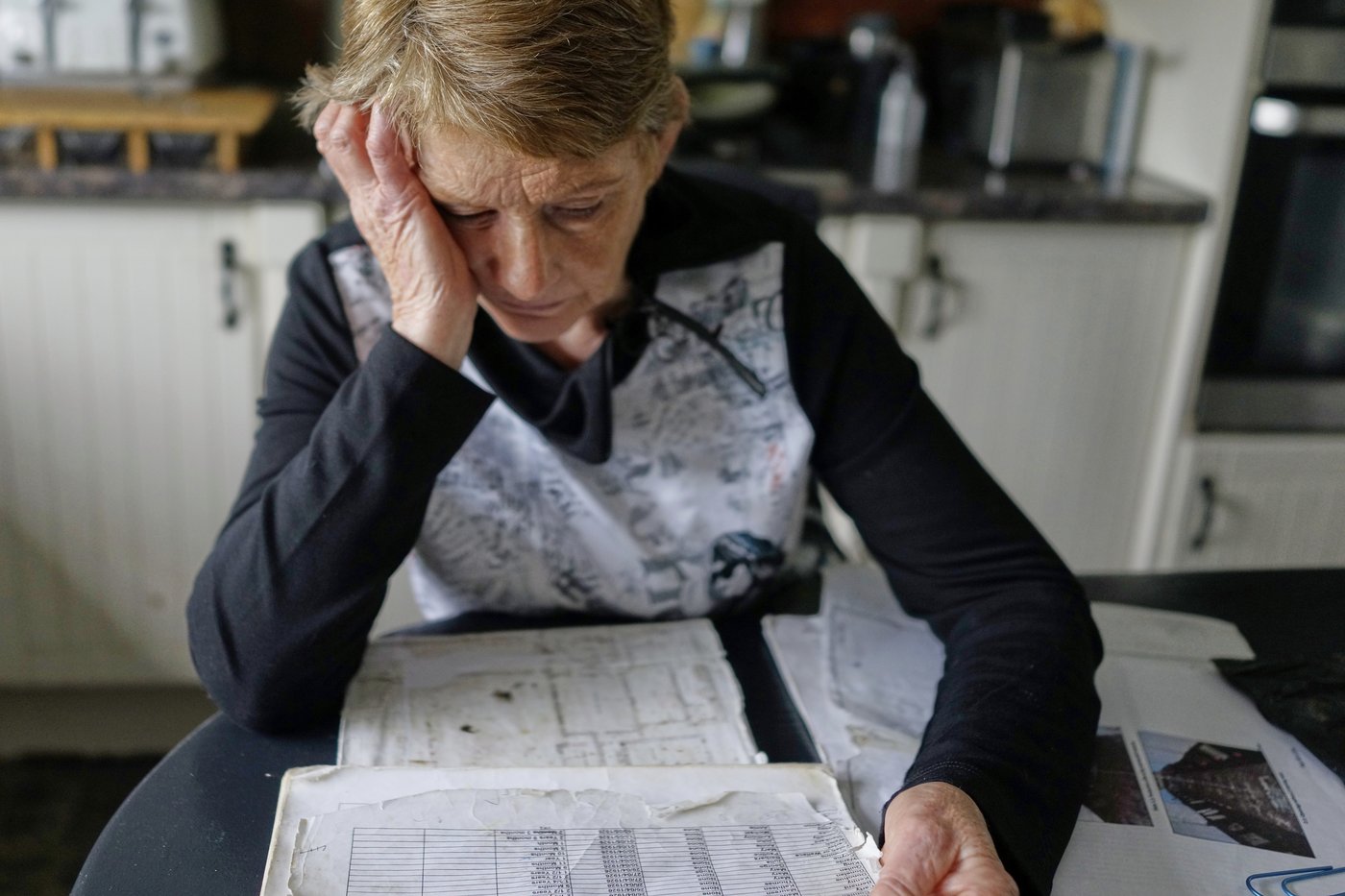
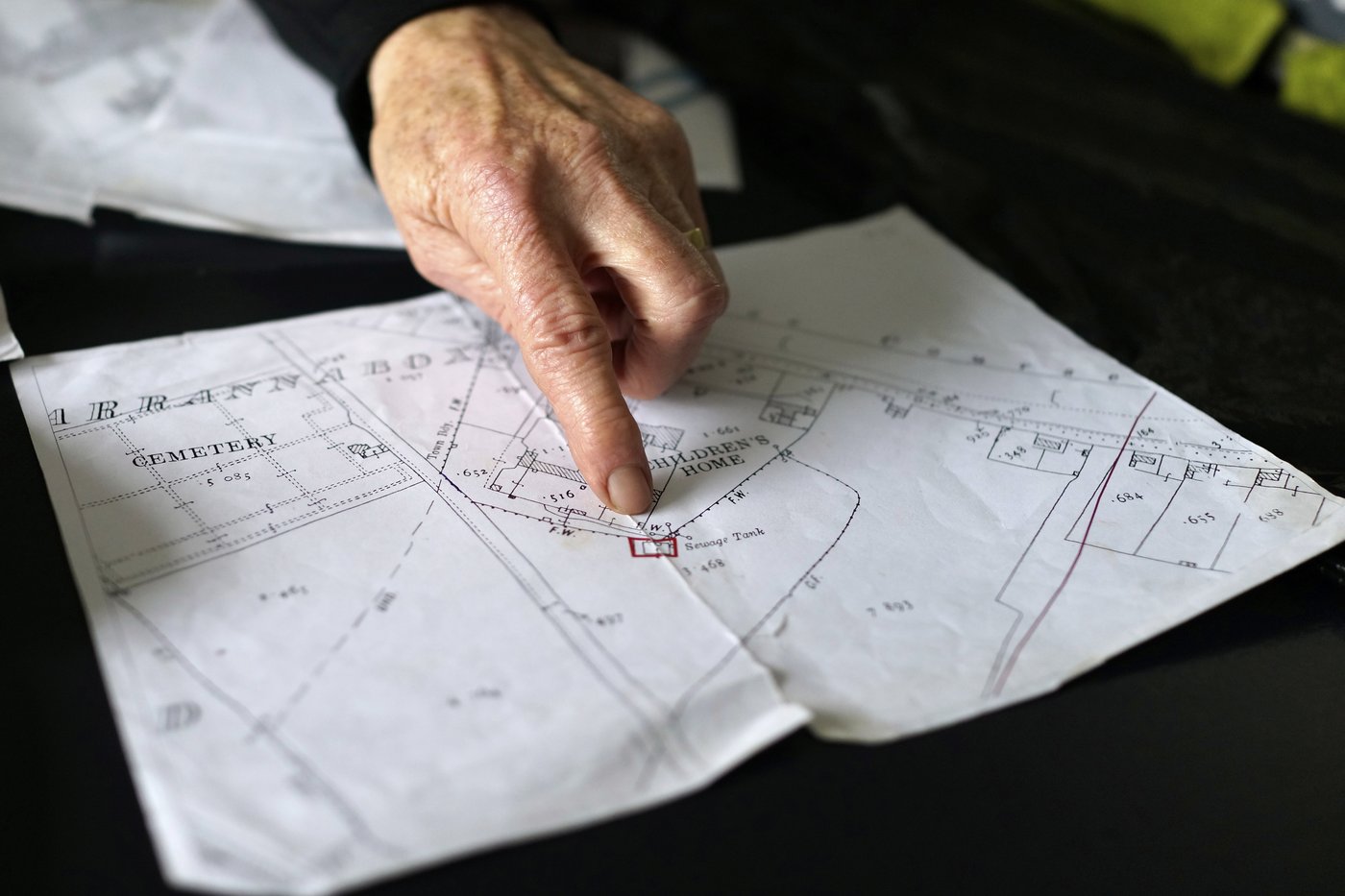
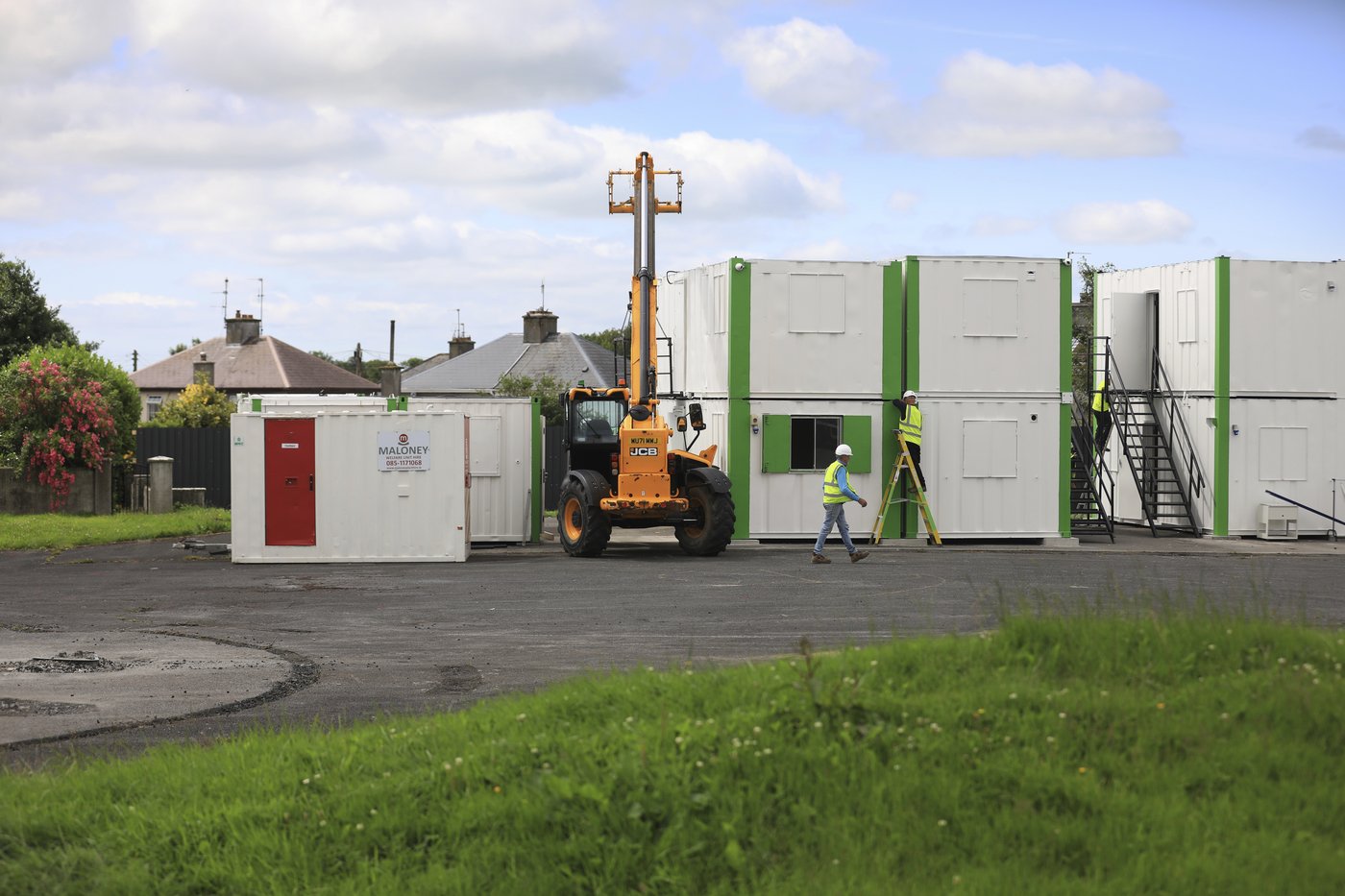
Join the Conversation!
Want to share your thoughts, add context, or connect with others in your community?
You must be logged in to post a comment.













